“The original bass part was played in by hand after two days’ sleep deprivation, only to be reprogrammed later on after a disastrous loss of the original Logic project…” Dave Clews speaks to Danny Berman and analyses ‘Wonky Bassline Disco Banger’.
Berlin-based producer Danny Berman has been putting out tracks under the Red Rack’em moniker since 2009, his output culminating in the release of this year’s Self Portrait album, which arrived on the scene in February on his Bergerac label. Occupying pole position on side two of the double LP, ‘Wonky Bassline Disco Banger’ (henceforth fondly referred to as ‘Wonky’) reveals itself to be extremely appropriately-titled. An eight-minute long confection of sliced-up disco samples and a synth bass part which fits the description perfectly, the track was undoubtedly one of the biggest tunes of 2016, and therefore a shoo-in for the Breakdown treatment. The album features the slightly longer video version, but this article relates to the 8’10” single vinyl version.
ARRANGEMENT
The tune can be split into three distinct parts – the DJ-friendly two-minute intro lulls you into something of a false sense of security, as there’s nothing much wonky going on at all – some slick disco-house samples welded to a solid drum break with the requisite offbeat hi-hats and a left-of-centre guiro driving things along. After a couple of minutes, however, there’s an abrupt change of key heralded by a whole new sample, and then that wonky bassline takes charge loudly and brashly, crashing into an otherwise empty bar and dominating proceedings for the remainder of the tune.
At six minutes in, after a dub delay-soaked breakdown, the sample gets retriggered on different notes to form an outro section, wrapping up proceedings over the remaining couple of minutes or so. One thing that both main music breaks have in common is that both samples are played in progressions that ascend a whole tone at a time through three changes. The shape of the chord in each change remains the same due to the nature of retriggering sampled chords at different pitches (a technique we discussed in a previous Passing Notes feature) – the overall pitch of the chord will change, but the intervals between the notes within it will remain the same.
Danny tells us that the first music loop in the track was gradually filtered in during the first 16 bars using Logic’s AutoFilter plugin. The fact that the music does this but the drums do not shows that the main drum break is a separate item to the music break – a fact confirmed by the presence of the same drum break in the second and third parts of the tune, underpinning a different music sample. There’s plenty more filtering throughout the rest of the tune, giving the impression that AutoFilter’s cutoff frequency parameter was mated to a dial on a hardware controller and wrestled with comprehensively during a pass of the song with Logic’s automation system in write mode.
Towards the end of this section at 0:46, as the track begins to fill out, a plodding sub-bass synth part plays a descending C#m pentatonic scale:
At one minute in, a heavily delayed vocal sample – the only vocal in the track – croons “my love” with an 8th-note triplet repeat courtesy of Logic’s Tape Delay plugin.
The second main section of the track occurs when the sample switches suddenly at 1:47, and it’s during this segment, at 2:18, that we first get to hear that wonky bassline. As this section develops, other elements are introduced, such as the slowly pitch-shifting, droning, siren-esque synth lead that debuts at 4:05 and the disco string stabs and tremolo swells that first appear at 4:51. It’s at this point that the sampled bass guitar octaves also broaden out, with added pops and a celebratory slide down the neck every four bars.
The final section gets underway at 6:10, with the sample now being retriggered on three different pitches, mirroring the upward chord movement of the sample in the first part of the track. After a breakdown section filled with sample stabs, filtering and tape delays that begins at 7:10, the track gradually builds up to its climax, Logic’s AutoFilter opening out gradually once again, slowly bringing all the elements together one last time before ending inexplicably with a final bass guitar slide and an abrupt fade over vocals that sing the words “sexy sexy sexy”.
DRUM TRACK
The main kick/snare/clap loop is common to all sections of the track, and its classic four-on-the-floor rhythm does a solid job of both pinning down the tune’s disco heritage and linking the two very different musical breaks with a common rhythmic denominator.
Offbeat open hi-hats are in full effect throughout, but every now and then, a loud closed hi-hat breaks into the groove, playing an on-off pattern of intermittent 16th notes with heavy swing applied, roughly the equivalent of Logic’s 16D quantise (for more on how swing and quantisation work, see here). This first appears at 1:01, playing the following pattern:
At 3:19, the percussion section is expanded with a 16th-note shaker pattern that debuts over a kick drum breakdown, swung to match the feel of the rest of the groove. The shaker appears briefly at other points in the track, popping up like a guest star every now and then to help drive things along when required.
MAIN SAMPLES
Usually in The Breakdown, we pinpoint the original recordings that the main samples used in our track have been taken from. This time, however, not only is there very little information to be had about the samples used in ‘Wonky’, but Danny himself has requested that we don’t dig too deeply into this subject, so their exact origins will have to remain unknown for now. Not to worry though, we can still tinker about to see what makes them tick from a musical point of view.
Although Danny’s DAW of choice is actually Logic 9, Ableton Live was used to warp the samples, which were then reimported back into Logic for the rest of the programming. As we’ve seen, the disco sample used in the first two minutes of the track plays a looped pattern of kick, snare and claps, shuffling guiros and electric and acoustic piano chords, the progression of which is shown below:
Amaj9 > Bmaj9 > Dbmaj9 > Cm7
There’s also a hint of an electric sitar melody in there too, picking out the top notes of the chords for a dash of exotic flavour.
Appearing suddenly out of nowhere at 1:47, the second of the two main musical breaks is in a completely different key to the first. While the first couple of minutes rock along in C# minor, from this point on we’re in the key of Bb minor. Instrumentally, the main elements in this break are a funky disco bass guitar playing an alternating octave Bb line, a picky electric guitar rhythm and a Wurlitzer electric piano vamping between Bbm and Eb chords, as shown below:
To provide variety, every eight bars or so, the sample is triggered a whole tone up in pitch, so that the chords shift from Bbm and Eb to Cm and F
At 5:30, a third keyboard part, that before now has been bubbling away beneath everything else, finally comes into focus, this time a more rhythmic electric piano riff. Here’s what it’s playing at 5:37…
It’s the first bar of this sample that gets triggered on three different pitches from 6:24 onwards until the end of the tune, forming the third and final section of the track. This effectively creates a keyboard part centred on the chords Gbm > Abm > Bbm, that would look like this if programmed:
THAT WONKY BASS SOUND
Danny may have been reluctant to divulge the source samples for the tune, and we’re happy to respect his wishes on that front. However, we’re able to reveal that the notorious wonky bass sound is a preset from Logic Pro’s Sculpture modelling synth plugin, named ‘Aggressive Pluck Bass’. The part is filtered, EQd and drenched in reverb from Logic’s Space Designer (the factory default setting with lots of predelay) in a variety of different ways as the track progresses, and very rarely does it play the exact same phrase twice. There’s a real air of deliberate randomness about what it actually plays, but we’ve been able to fairly accurately replicate the programming for the first time it appears, in solo, loud, front and centre, at 2:18 into the tune.
Here’s how it sounds dry:
And again with the Space Designer default reverb setting:
When asked about how the wonkiness was achieved, Danny revealed a fondness for imbuing his tracks with loud, off kilter-elements that set them apart from the crowd, and that the original bass part was played in by hand after two days’ sleep deprivation, only to be reprogrammed later on after a disastrous loss of the original Logic project. The notes in the new version were then painstakingly moved around by hand in the piano roll editor until the required degree of wonk was evident. The result is a unique and memorable sound that achieves the desired effect of making ‘Wonky Bassline Disco Banger’ linger in the memory long after hearing it. Achievement unlocked!
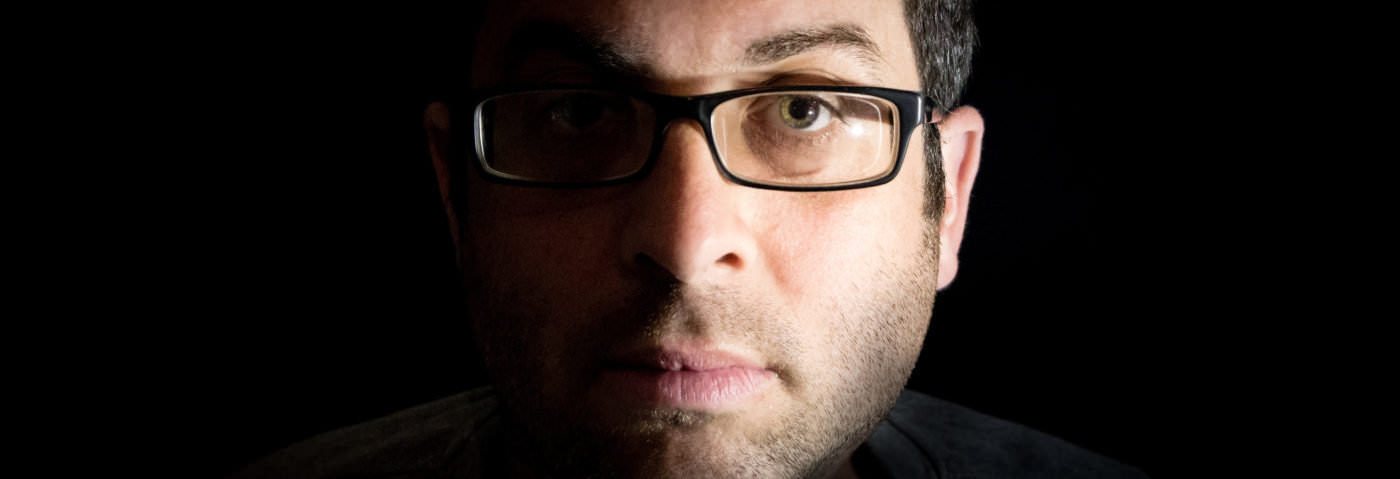
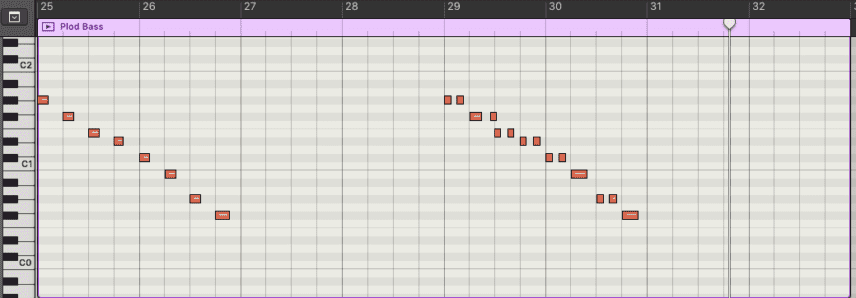
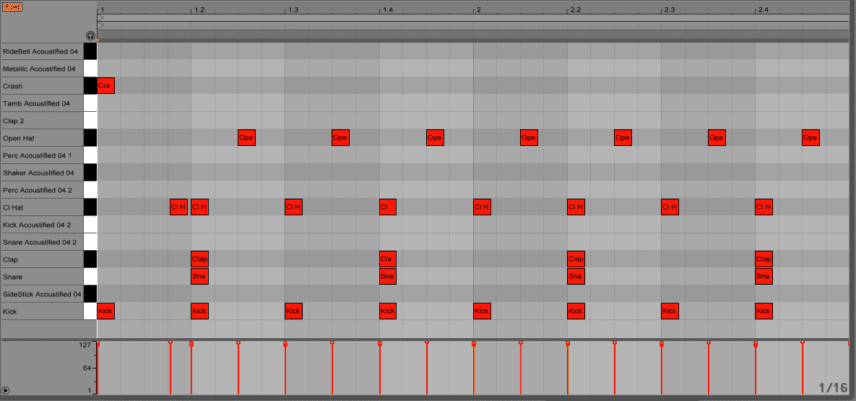
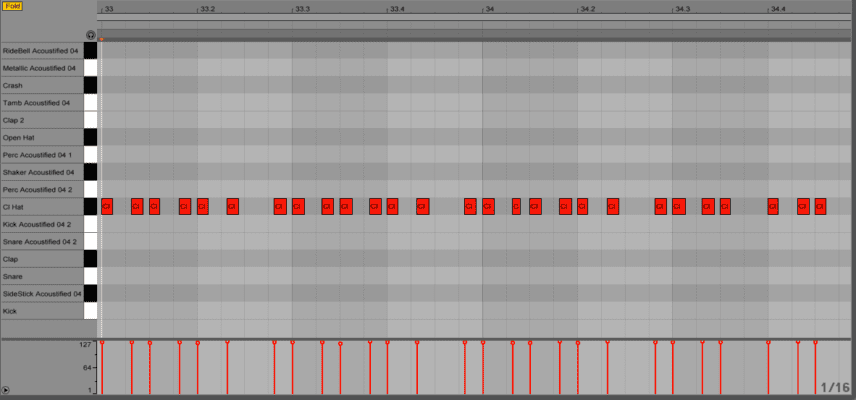
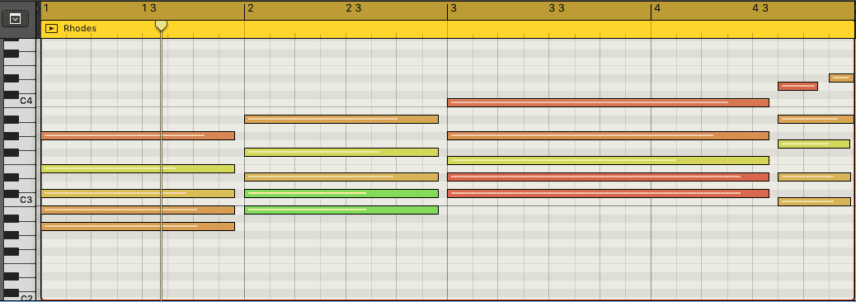
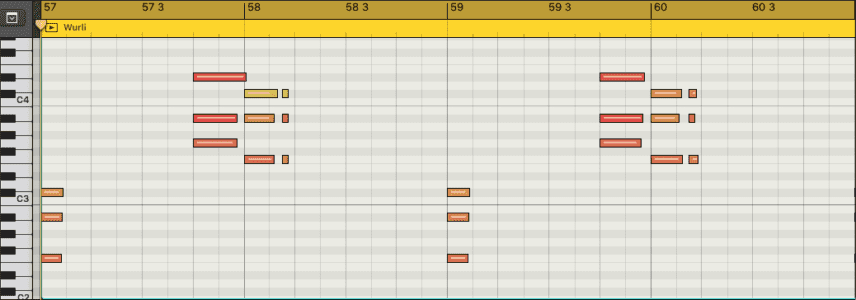
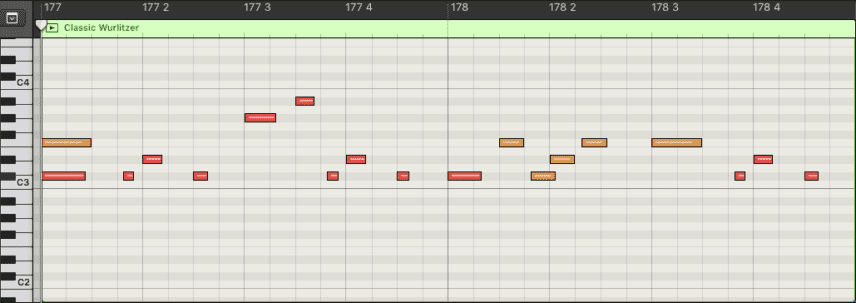
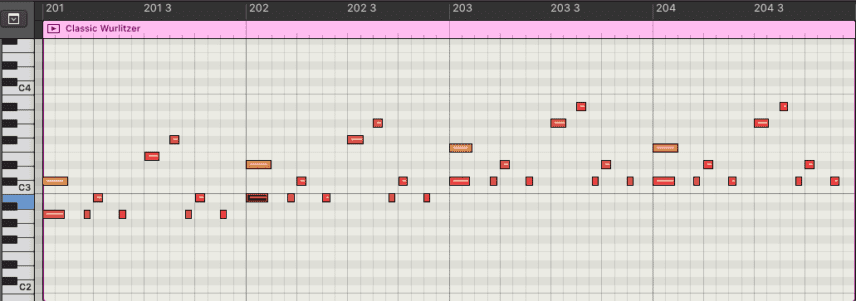
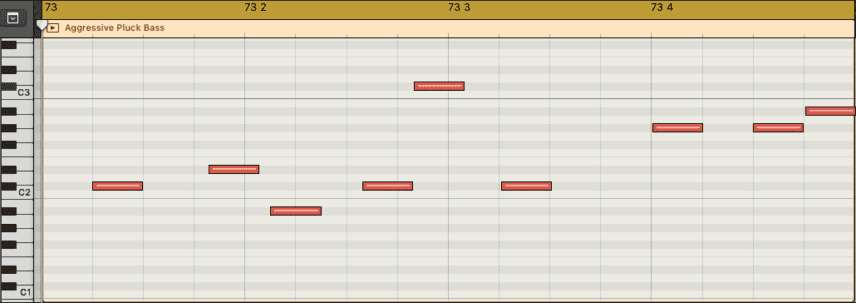
08.34 AM
would be a great track without the wonky bassline
08.44 AM
Great tune, great article.